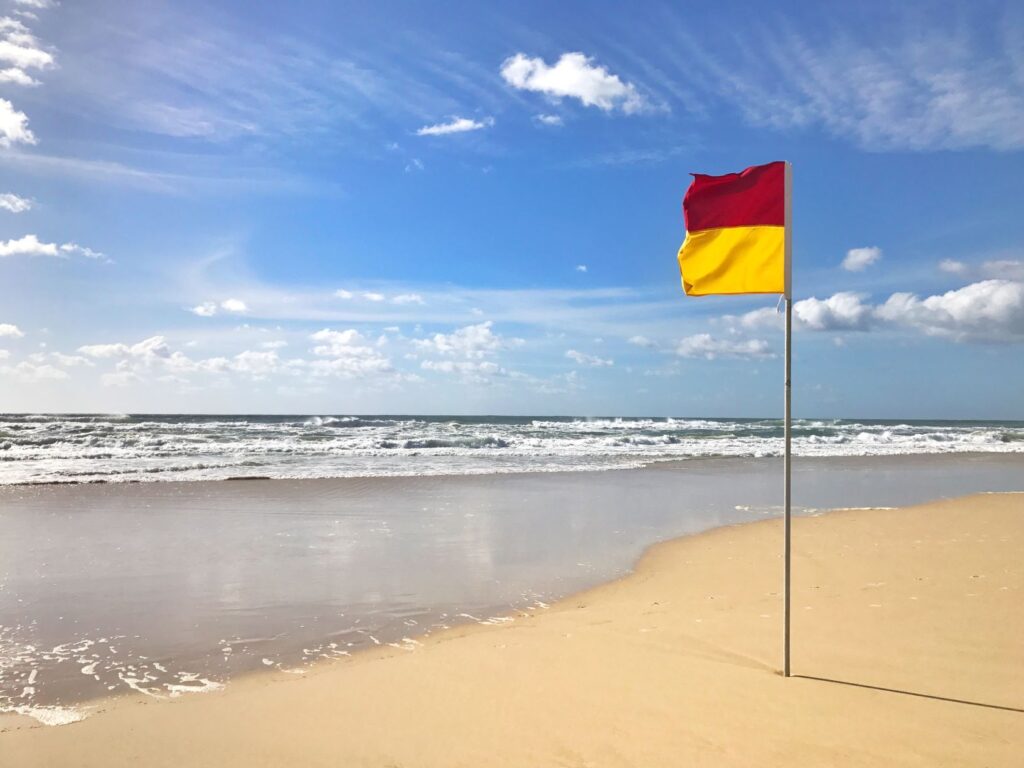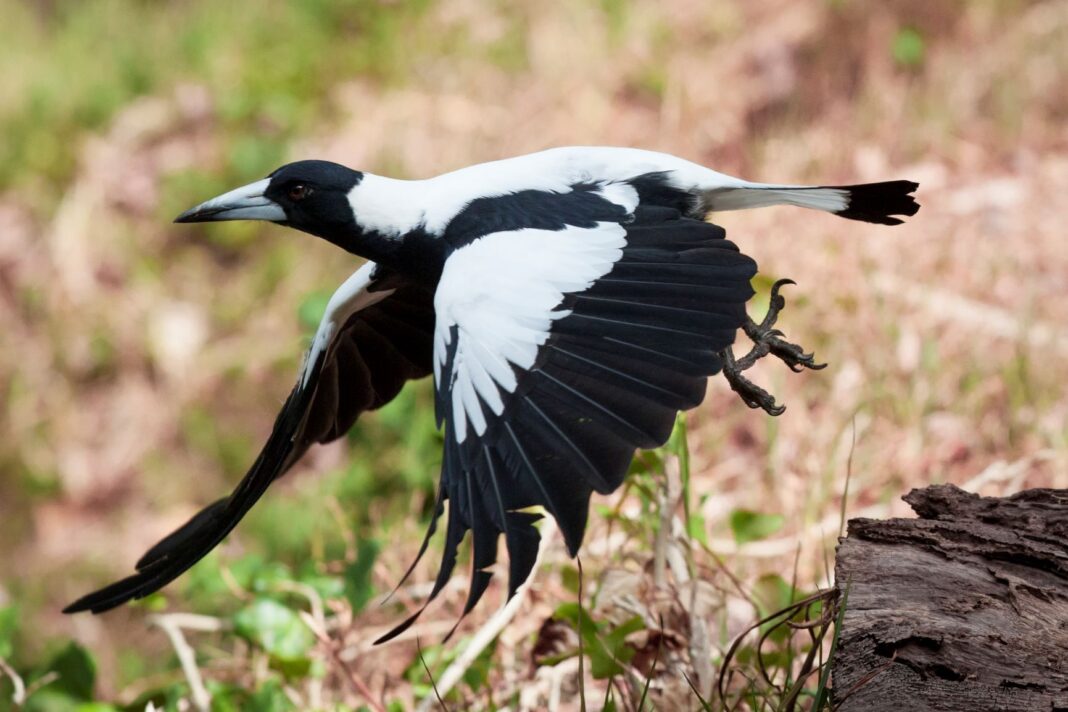With spring now upon us, Canberrans are urged to be aware that we’re in the midst of magpie swooping season.
Director of ACT Parks and Conservation Service Daniel Iglesias said the majority of magpies will not be prone to swooping.
“If a magpie feels threatened by an intruder, swooping is a defensive method for them to protect their young. Magpies are quite intelligent and will remember colours and noises which they associate with danger,” he said. “If a magpie feels threatened, its instinct will be to swoop the intruder. When people harass magpies, it encourages increasingly aggressive behaviour.”
ACT Parks and Conservation Service recommends simple precautions to help avoid being swooped that include: walking quickly through magpie territory; taking alternative routes; wearing hats, helmets, glasses or taking an umbrella; keeping domestic animals on leash; maintaining eye contact; and to demount and walk bikes through magpie territory.
Some fast facts: swooping behaviour mostly occurs between August and November; it’s almost always the male that does the swooping; the swooping is usually 100 metres around the nest tree and will last around six weeks; the swooping intensifies as the chicks grow and usually stops when they leave the nest; and only about 10% of magpies swoop at people.
If there is a territorial magpie in your neighbourhood, contact Access Canberra on 13 22 81.
For more information on living with magpies, visit environment.act.gov.au and to see a user updated map of swooping locations nationally, visit magpiealert.com
Lifesavers on alert, drownings up

With many Canberrans heading to the coast, beachgoers looking to make the most of a warm start to spring are being urged to take water safety seriously with volunteer surf lifesaving patrols still more than a week away.
The warning follows the release of the National Coastal Safety earlier this month, which highlights a number of NSW-specific trends.
NSW again accounted for a significant percentage of coastal drownings after 39 people lost their lives during 2017/18.
The data for NSW identifies the most at-risk groups are men (89% of total drownings), swimmers aged 20-29, and rock fishers between the ages of 40 and 45.
While the fatalities are overwhelmingly male, there was a spike in the number of women who drowned last season with seven deaths recorded.
A continuing concern for surf lifesavers is that almost two-thirds of fatal incidents occurred less than 1km from a lifesaving service but outside the patrolled area.
Almost half of the coastal drownings this season occurred between the hours of 12pm and 6pm.
Beachgoers are encouraged to always swim between the red and yellow patrol flags, and to find their nearest patrolled beach via the BeachSafe app or website.
For more:



